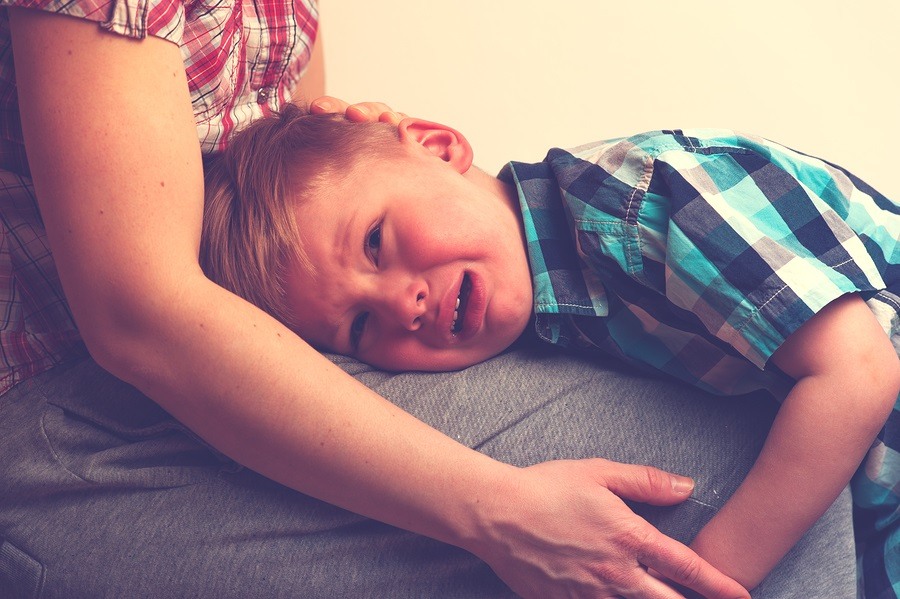Unnecessary Removals: The Most Unjust Adverse Childhood Experience
Removal is child welfare's most drastic and most protective safety intervention. It should be a last resort for state agencies charged with protecting children from harm. While there is a strong legal basis underpinning removal's limited use, there are also clinical reasons to invoke it sparingly. Dr. Monique Mitchell's research, as discussed in Does Anyone Know What is Going On? Examining Children's Lived Experience of the Transition into Foster Care, documents the ambiguity and loss that children suffer the moment they are separated from their parents and how this threatens child well-being. At removal, children can experience structural ambiguity (e.g., What is foster care?), placement reason ambiguity (e.g., Why am I in foster care?), relationship ambiguity (e.g., Who is this case manager? Who are these foster parents?), temporal ambiguity (How long will this last?), and ambiguous loss (e.g., Why can't I see my parents?). These are questions that haunt children moment by moment as they are physically separated from their parents. The research on the harm inflicted by separating children from their parents is so unambiguous that Harvard Professor of Pediatrics, Dr. Charles Nelson, told the Washington Post, "If people paid attention at all to the science, they would never do this." But we do this as a matter of routine in the name of child protection—more than 250,000 times per year.



